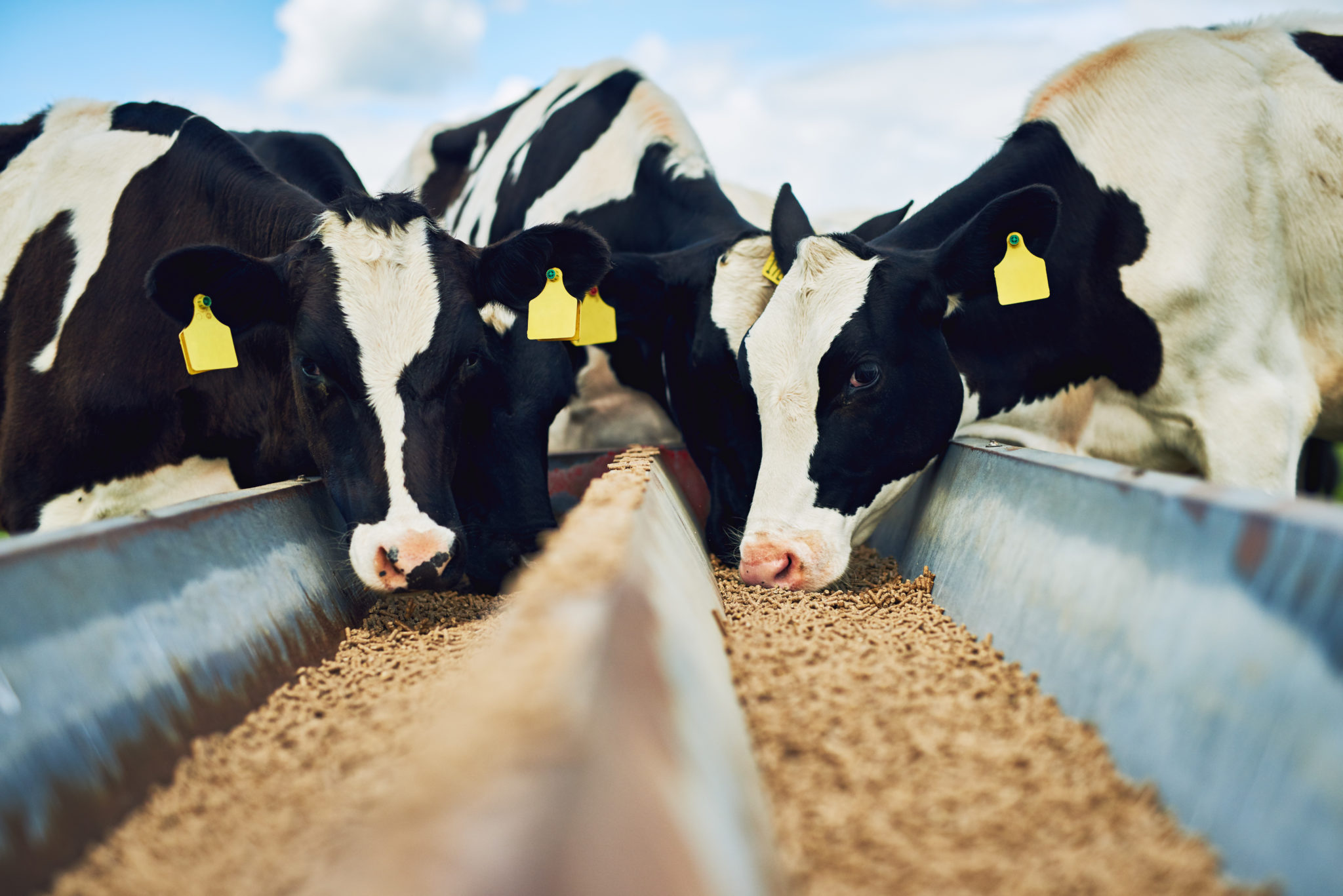
Finding a feed preservation solution that protects the nutritional quality of grains and livestock feed is difficult. Mold is especially difficult to eliminate without destroying nutrients.
Sure, you can follow storage tips and best practices down to the letter, but when it’s all said and done agriculture operations still lose millions of dollars each year to mold damage.
So, what is the best solution?
Use a mold inhibitor that stops a wide range of molds, preserves nutrients, and prolongs the shelf life of feeds and raw materials.
In this mini case study we’ll examine a series of mold inhibitors that accomplishes all of the above and provides these added benefits:
- Increases the flexibility of moisture management
- Minimizes the risk of mycotoxin production during storage
Check out the case study below:
Feed Preservation and Amonex® Efficacy Case Study
You might be wondering, what is Amonex®?
It’s the most advanced generation of mold inhibitors that provide extended feed preservation. They contain propionic acid and its salts, and are formulated based on the Propionic Acid Mold Inhibition Equivalent to ensure the highest quality.
What is propionic acid? A naturally occurring carboxylic acid, propionic acid’s main industrial use is for inhibiting the growth of mold and some bacteria.
Designed to protect feed and materials from mold contamination for extended periods of time, Amonex® is also application-specific.
How Amonex® Works:
Organic acids enter mold cells in undissociated form and proceed to ionize and acidify the cells’ internal pH environment. This disrupts the transport of some nutrients—especially amino acids—which inhibits protein synthesis and reduces the ability of mold cells to survive and multiply.
The Challenge:
Reducing mold growth rates, terminating mold growth, and destroying mold cells, which negatively affect livestock feed preservation and eliminate the nutritional quality of feed and grains.
The Solution:
To address mold problems, Bentoli®’s team of scientists conducted a series of international trials to determine the efficacy of Amonex® mold inhibitors compared to other mold inhibitors and related products.
Three separate trials were conducted, in which Amonex® was added to livestock feed or grains to determine:
- The effect of Amonex® and calcium propionate on mold count in short-term storage of poultry feeds
- The effect of Amonex®, Propionic Acid, and Ammonium Propionate on mold count in short-term storage of poultry feeds
- The corrosivity of Amonex®
The Results:
The outcomes after including Amonex® in livestock feed were exceptional, and produced one or more of the following results in each of the three trials:
- A significant reduction of mold growth rates
- Termination of mold growth
- Destruction of mold cells
Get the Free Comprehensive Feed Preservation Guide and Access to ALL of the Amonex® Trial Results!
Preserving the shelf-life of feed and grains is a constant challenge. Complications with mold contamination can easily occur because of problematic moisture management, temperature changes, length of storage, and varying oxygen levels.
Any one of these elements can destroy the nutrients in feed and grains, rendering them practically useless.
Achieving Livestock Feed Preservation
Proper feed preservation is a necessary part of improving animal performance and protecting the wholesome quality of feed and grains.
Use high-quality mold inhibitors—like Amonex®—to provide nutritionally well-rounded diets that will help livestock experience high productivity and healthy growth rates, and eliminate the dangerous possibility of mycotoxin poisoning.
What’s the bottom line?
You need proven mold inhibitors that will preserve feed and grains and address dietary needs without sacrificing nutritional quality.
Check out our quick, easy guide on how to choose the perfect mold inhibitor for your operation.

